Starting a new ecommerce endeavor comes with formidable challenges. As the digital marketplace becomes more crowded each year, sellers encounter mounting pressure to refine every facet of their marketing approaches.
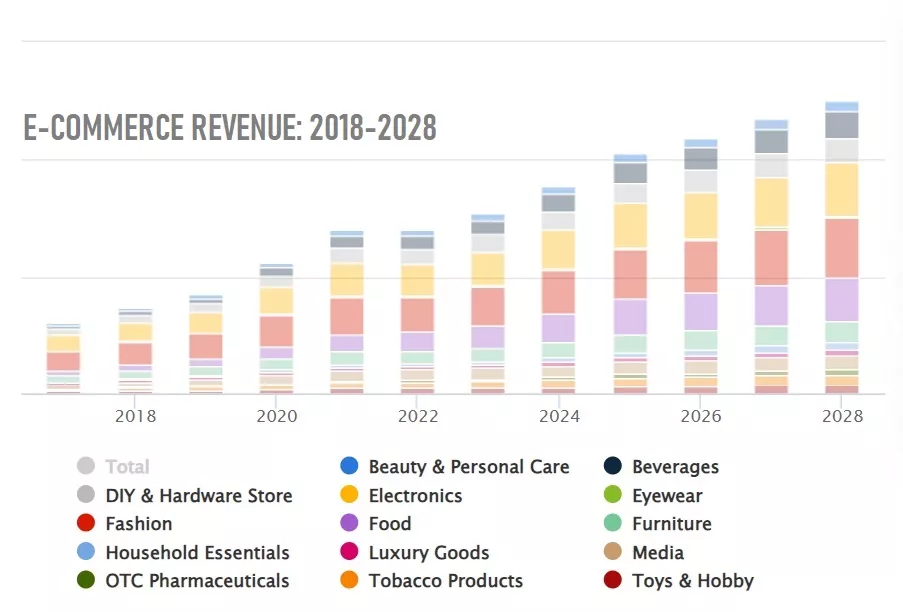
In this fiercely competitive environment, even minor oversights can hinder your business’s advancement. Adding to the complexity is the reality that these pitfalls can arise at any point in the customer journey, complicating the identification of underlying issues.
Top Ecommerce Mistakes to Avoid:
1. Insufficient comprehension of the target audience

Before devising a sales strategy, it’s crucial to possess a comprehensive understanding of your target audience. Without thorough customer research, crafting campaigns that resonate with potential customers’ desires and pain points becomes challenging.
The more insights you accumulate about your buyers, the better equipped you are to effectively appeal to them. Start by constructing customer personas that encapsulate common attributes of your audience, such as age, gender, income level, and professional role. Additionally, leveraging surveys, polls, and other feedback mechanisms enables direct gathering of insights from website visitors and subscribers.
Furthermore, contemporary social media monitoring tools provide valuable insights into how users engage with your brand. Publicly visible positive interactions with customers enhance credibility and foster increased engagement on social media platforms. Even negative feedback can be transformed into a positive outcome if genuine efforts are made to address the issue and enhance the customer experience.
2. Choosing an inappropriate ecommerce platform

The selection of an ecommerce platform profoundly impacts your marketing and sales strategies.
Typically, we’ve noted that WooCommerce and Shopify are more conducive for smaller businesses, while BigCommerce and Magento are better suited for enterprises handling larger sales volumes. For further insights, consult our curated list of top ecommerce platforms.
Many ecommerce providers offer free demos or trials, enabling you to explore various options before making a final decision. It’s advisable to seize these opportunities to test different platforms and evaluate their alignment with your business needs.
3. Unattractive website layout

Your website acts as the cornerstone of your digital presence, underscoring the importance of creating a site that leaves visitors with a positive impression of your business and products. Leveraging website design tools empowers you to craft a high-quality website that not only establishes but also nurtures your brand. Although it may appear daunting for new sellers, investing in website development is one of the most valuable investments for your brand’s growth.

However, upon examining Zara‘s website, while it exudes a certain appeal, fundamental design issues may deter new visitors. Primarily, customers encounter limited information on the landing page. Visible options include searching, logging into their account, seeking assistance, or viewing the collection. The option to browse by category is concealed behind a small menu button in the upper-left corner.
Furthermore, Zara’s website exhibits excessive white space, failing to utilize the area above the fold effectively (the space visible to users before scrolling down). Although integrating some white space can enhance readability and aesthetics, the surplus white space on Zara’s site appears vacant and lacks engaging content.
4. Ineffectual marketing approach
A prevalent mistake among new ecommerce entrepreneurs is the assumption that they can simply improvise their marketing tactics. However, successful digital campaigns demand meticulous planning and continuous refinement.
Statistics indicate that a significant portion of new ecommerce ventures falter within their initial months. To thrive in this competitive landscape, it’s essential to develop a comprehensive strategy delineating how you’ll attract new customers and compel them to engage with your brand.
Embarking on a new digital marketing endeavor requires a well-defined strategy accompanied by clearly defined objectives or performance metrics. Without these foundational elements, optimizing strategies and evaluating past performance becomes challenging.
Ecommerce benchmarks and Key Performance Indicators (KPIs) serve as reference points, enabling marketers to assess the effectiveness of each campaign. Over time, your marketing strategy will evolve as you experiment with new approaches and deepen your understanding of your target audience.
5. Customer support
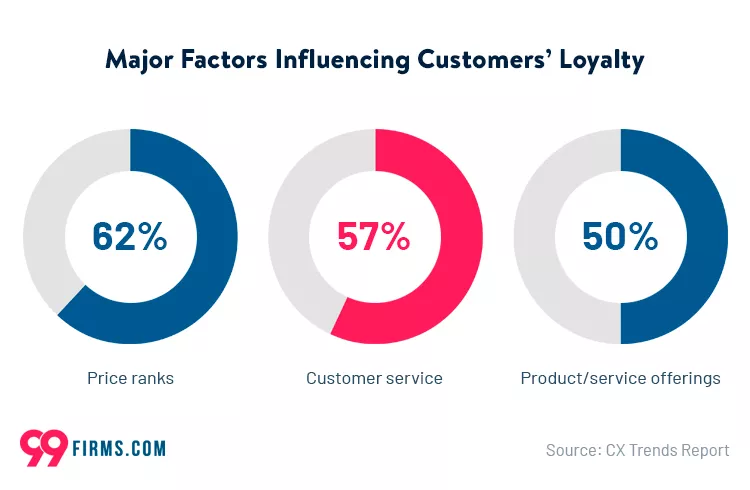
Friction can occur at any stage of the sales cycle, underscoring the importance of a reliable customer support system to address issues promptly.
While human resources can be expensive, automated chatbots provide a cost-effective solution for handling basic inquiries without human intervention. Moreover, chatbots operate 24/7, ensuring rapid responses to queries and eliminating the need for customers to endure prolonged wait times.
The implementation of AI-powered chatbots has proven effective in improving customer service and lead generation. Businesses that have adopted such technology have witnessed significant enhancements in engagement and customer satisfaction.
6. Neglecting SEO content optimization
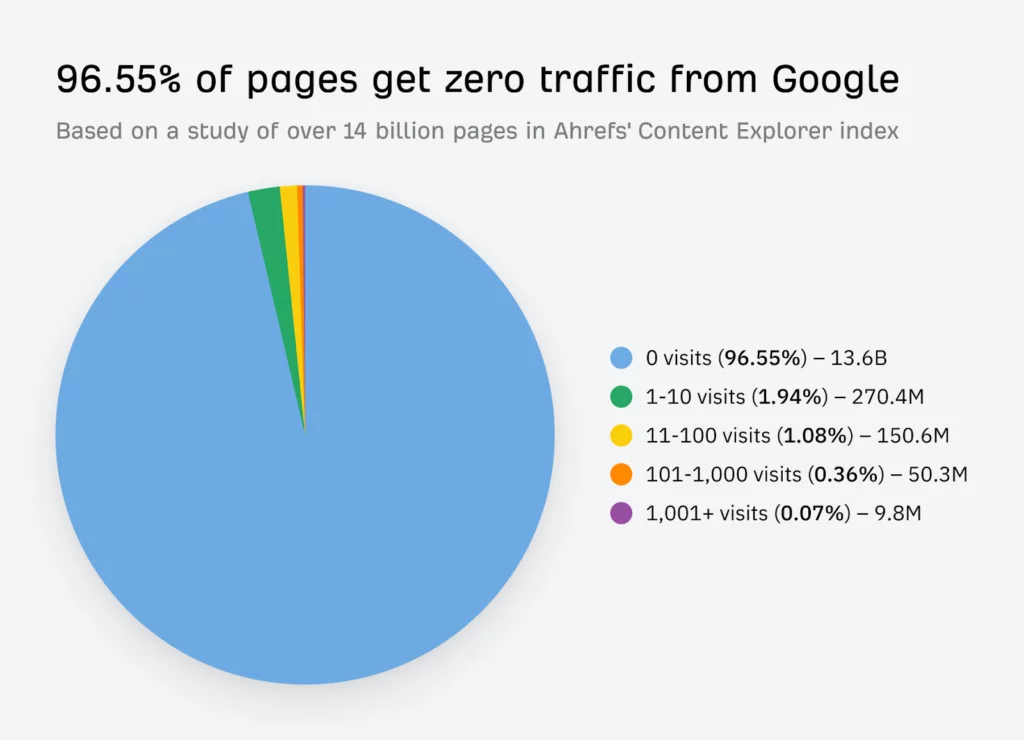
Search engine optimization (SEO) revolves around creating content that boosts your website’s visibility on prominent search engines like Google.
According to SEO authority Ahrefs, 96.55% of all pages within their index receive no traffic from Google. For new ecommerce merchants, it’s crucial to ensure that your site appears in searches related to your brand or products to reach potential customers.
Fortunately, platforms such as Ahrefs and Ubersuggest offer site owners free access to comprehensive SEO tools, with the alternative to upgrade to premium features if necessary. Besides conducting basic keyword and competitor research, it’s vital to focus on developing a robust backlink profile using top-notch link-building tools. This strategy helps enhance your domain authority (website strength) and drive more traffic to your site.
7. Complicated checkout process
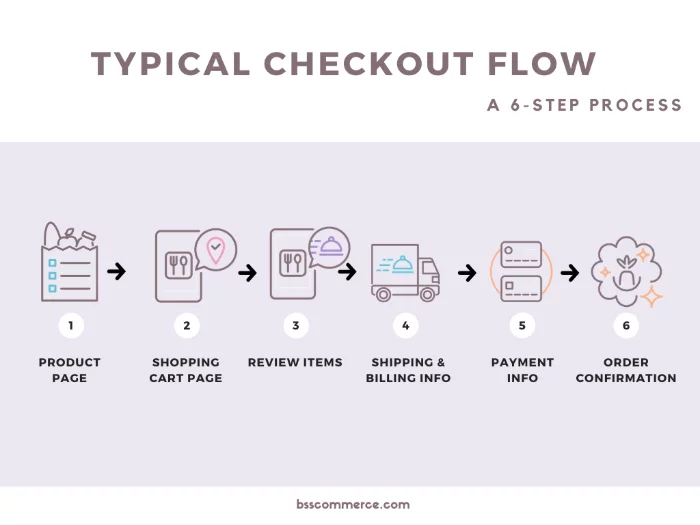
By the time a visitor reaches your checkout sequence, you’ve completed most of the steps needed to secure a sale.
Despite its apparent simplicity, the checkout process is a significant factor contributing to abandoned carts in ecommerce. Eighteen percent of consumers admit to abandoning an order because of a lengthy or complex checkout process.
Learn about shopping cart expansion here.
Reasons for Abandonments During Checkout:
To reduce checkout abandonment, it’s essential to offer a guest checkout option, allowing customers to complete purchases without the need to create an account. While some ecommerce merchants insist on account creation to encourage subscriptions, this requirement often deters potential buyers and prompts them to rethink their purchase decision.
- Absence of customer feedback: Regardless of the effectiveness of your marketing efforts, consumers inherently trust feedback from genuine buyers more than any promotional content you produce. Customer reviews or social proof serve as powerful endorsements that assure potential customers of the positive experience they can expect.
- Customer feedback Source: Major ecommerce platforms like Amazon prioritize customer feedback to instill confidence in their services. Similarly, it’s essential for your business to actively solicit feedback from existing customers, leveraging their experiences to provide social proof that attracts new leads.
8. Absence of credibility indicators
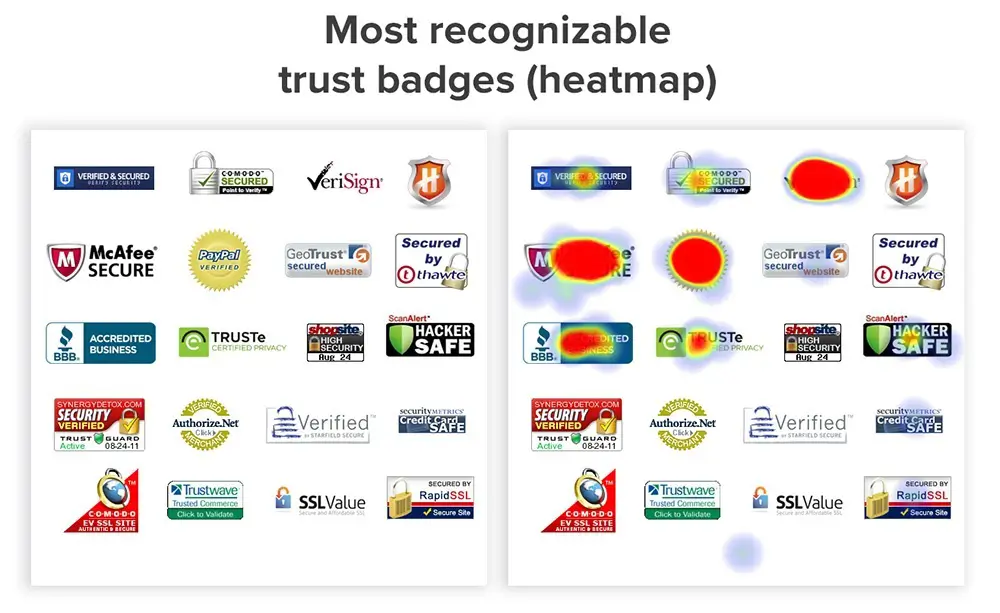
In today’s highly competitive digital marketplace, establishing trust with potential customers is paramount for the success of your ecommerce venture. While customer reviews and social proof are crucial elements in building credibility, incorporating additional trust signals can further enhance your store’s reputation, especially for new vendors lacking extensive feedback.
Trust badges are one such vital component in conveying credibility to visitors. These badges serve as visual indicators of your store’s adherence to relevant industry or security standards, reassuring customers about the safety and reliability of their transactions. For example, displaying the Verified SSL Secure Trust Badge communicates to visitors that your website is secured via a Secure Socket Layer connection, safeguarding their sensitive information from potential cyber threats.
Furthermore, integrating trust badges associated with secure payment processing can significantly bolster your store’s credibility. For instance, prominently featuring the PayPal badge assures customers of secure and reliable payment processing, especially beneficial for new visitors who may be unfamiliar with your brand. By prominently displaying these trust badges throughout your ecommerce website, you can instill confidence in potential customers, encouraging them to make purchases with peace of mind.
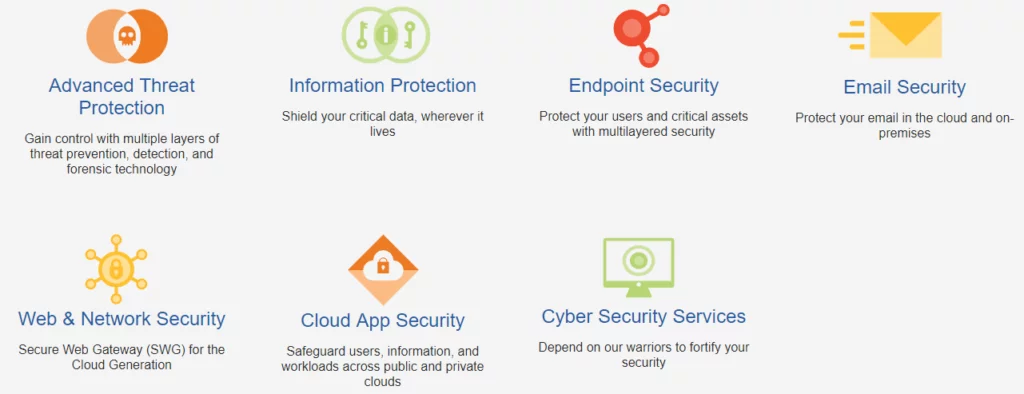
9. Non-mobile-optimized website
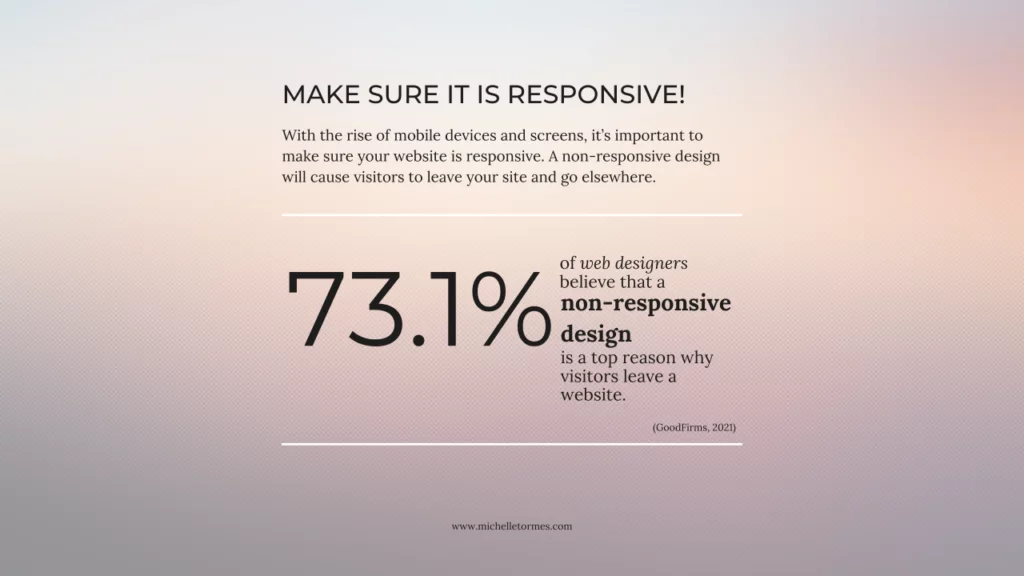
In today’s digital age, where smartphones have become ubiquitous, failing to optimize your ecommerce website for mobile devices is a critical oversight that can significantly impact your business’s success. With a majority of users preferring to browse and shop online using their smartphones, neglecting mobile optimization may lead to missed opportunities and decreased sales.
A non-mobile-optimized website not only delivers a subpar user experience but also hampers your ability to capture and retain potential customers. Frustrated by slow loading times, unresponsive design, and difficulty navigating the site on the mobile devices, users are likely to abandon shopping carts and seek alternatives elsewhere.
To mitigate this risk and maximize your ecommerce potential, investing in a responsive website design is imperative. A responsive website automatically adjusts the layout and content to fit the screen size and resolution of the device, providing users with a seamless and enjoyable browsing experience across various platforms. By ensuring that your ecommerce website is mobile-friendly, you not only enhance user satisfaction but also improve your chances of capturing and converting mobile traffic into loyal customers, thereby driving growth and revenue for your business.
10. Insufficient description on product pages
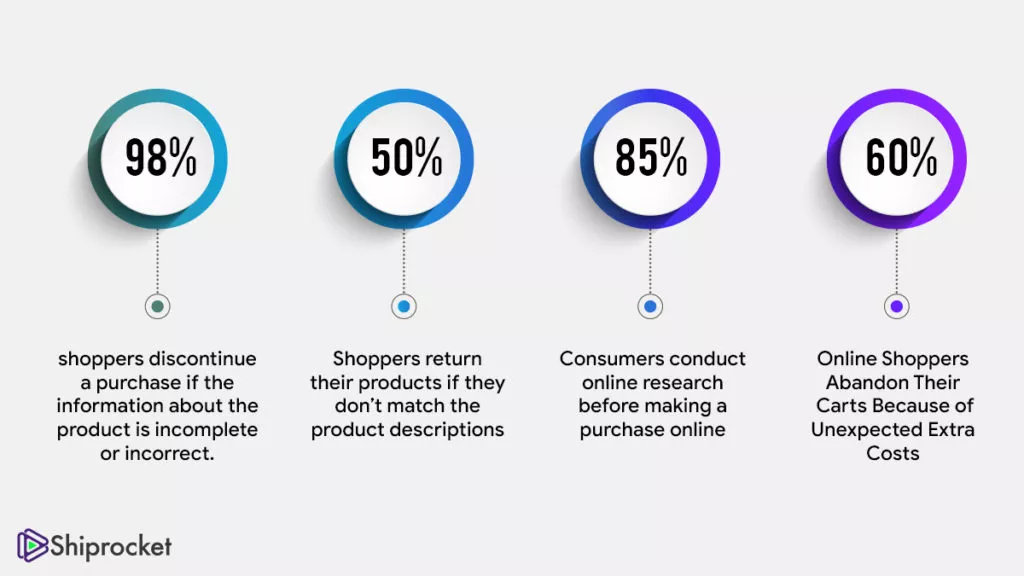
A compelling product description is more than just a list of features; it’s your opportunity to engage potential customers, communicate the value of your product, and ultimately drive conversions. When product pages lack sufficient description, it not only fails to inform customers but also hinders their decision-making process.
To address this issue, it’s essential to invest time and effort into crafting detailed and informative product descriptions. Begin by identifying the unique selling points of each product and highlighting them in your descriptions. Consider the following elements when creating product descriptions:
- Features and Benefits: Clearly outline the features of the product and how it benefits the customer. Focus on addressing pain points and solving problems that your target audience may have.
- Use Cases: Provide examples of how the product can be used in real-life scenarios. This helps customers visualize themselves with the product and understand its practical applications.
- Specifications: Include technical details such as dimensions, materials, and compatibility to provide a comprehensive overview of the product.
- Quality Imagery: Supplement your descriptions with high-quality images that showcase the product from different angles. This allows customers to get a better sense of the product’s appearance and functionality.
- Customer Reviews: Incorporate customer reviews and testimonials to add social proof and build trust with potential buyers. Positive reviews can reinforce the value proposition of the product and alleviate any concerns customers may have.
11. Lack of website security
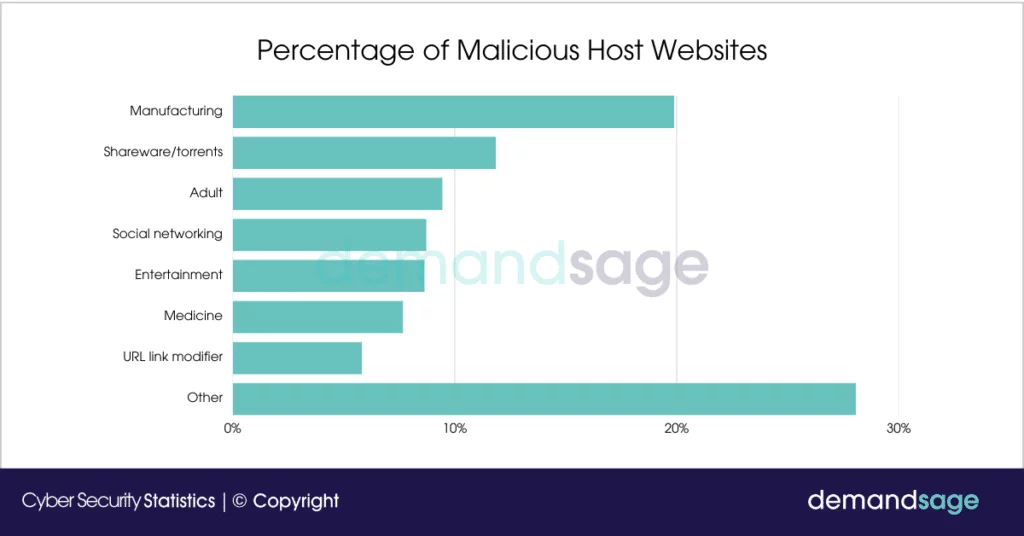
In today’s digital landscape, where cyber threats are prevalent, ensuring the security of your eCommerce website is paramount. A lack of adequate security measures not only puts your customers’ sensitive information at risk but also undermines their trust in your brand. To safeguard the website and protect against potential threats, it’s crucial to implement robust security protocols and stay vigilant against emerging risks.
Here are some steps you can take to enhance the security of your eCommerce website:
- Install an SSL Certificate: Secure Socket Layer (SSL) encryption is essential for protecting data transmitted between your website and your customers’ browsers. By installing an SSL certificate, you encrypt sensitive information like credit card details and personal data, ensuring it remains secure during transmission.
- Implement Strong Passwords: Encourage users to keep strong, unique passwords and consider implementing a two-step authentication process for added security. This prevents unauthorized access to your website and reduces the risk of password-related breaches.
- Regular Security Audits: Conduct security audits to identify and address vulnerabilities in your website’s infrastructure. This includes monitoring for malware, suspicious activity, and the potential security loopholes which could be exploited by attackers.
- Stay Updated: Keep your website’s software, plugins, and security patches up to date to ensure you’re protected against the latest threats. Hackers even exploit known vulnerabilities in outdated software, so staying vigilant and proactive is crucial.
- Educate Employees: Train your employees on the best practices for cybersecurity and generate awareness about the importance of maintaining security protocols. This includes recognizing phishing attempts, practicing safe browsing habits, and being cautious when handling sensitive information.
Conclusion:
Ecommerce goes beyond simple online transactions. To stand out in your niche and attract consumers effectively, it’s crucial to avoid common pitfalls that can hinder your success.
While achieving success in ecommerce is not guaranteed, following our comprehensive guide will greatly enhance your brand development endeavors.
FAQs on Ecommerce Mistakes:
How do shipping and fulfillment mistakes impact eCommerce businesses?
Shipping delays or errors can result in negative customer experiences, leading to reduced customer satisfaction and potential loss of repeat business. Inaccurate shipping costs or lack of transparent shipping policies can lead to abandoned carts and lost sales.Poor packaging practices can result in damaged products during transit, leading to returns and additional costs for the business.
What role does customer service play in eCommerce success, and what are common customer service mistakes to avoid?
Exceptional customer service is crucial for building trust and loyalty with customers in the competitive eCommerce landscape. Common customer service mistakes include slow response times to inquiries, lack of personalized communication, and failure to address customer complaints or issues promptly and effectively.



